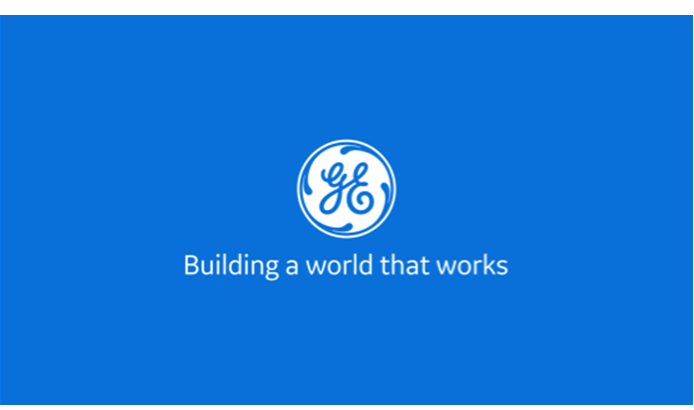FRIENDS IN HIGH PLACES
Alex Schwery is not intimidated by the sight of a big mountain. He grew up in the shadow of Switzerland’s Matterhorn and summited its pointy peak last year. So when GE Renewable Energy was tasked with developing the technology to run a huge 1-gigawatt hydroelectric storage plant above the Alpine village of Linthal, Schwery was in just the right place. The chief consulting engineer at GE Renewable Energy’s Hydro Power unit was part of a team that designed four ingenious pump turbines to efficiently move water between two lakes separated by a 2,000-foot drop — close to twice the height of the Eiffel Tower — and use them to store enough energy to supply the equivalent of 1 million Swiss homes for more than one day.
A whole lot of potential: The plant also helps the electrical grid. In order for the grid to operate, it must be perfectly balanced, with supply and demand closely matching. So when the grid has too much power, it can use electricity to pump water to the upper lake through a network of tunnels. When demand spikes, it reverses the process to get electricity by letting the water run downhill through the turbines. Because the GE motor-generators can be precisely controlled in response to demand, the technology can be as much a power-generation play as an economic one. “Pumped storage is the most efficient way to store a large amount of energy, and you can control it both ways,” Schwery says.
For more on Schwery’s work on the Linthal pumped hydro plant, click here.
A NEW DEAL FOR THE PATIENT
Julia Casey is a biochemical engineer by training, but she is also a dealmaker at heart. As general manager of GE Healthcare’s Pharmaceutical Diagnostics Molecular Imaging business, she demonstrated her twin flair for finance and science last month when GE acquired Zionexa, a privately held French company developing and commercializing imaging agents that can help doctors diagnose certain cancers and other diseases. It was a natural fit for both companies. Three-year-old startup Zionexa is nimble and innovative, and operates in an area where GE sees the medical industry going — precision health.
Synergy at work: Zionexa’s expertise involves developing diagnostic agents known as radiopharmaceuticals, which are designed to bind to specific receptors inside the body and help doctors obtain more information about, say, a tumor and the kind of medicine it might respond to. It’s part of a patient-centered approach that complements the diagnostics work GE was already doing, while giving Zionexa access to GE’s global market muscle and decades of experience. “The future of medicine is about looking at individual patients,” Casey says. “This deal is about helping doctors select the right treatment for that patient.”
Learn more about Zionexa and GE Healthcare here.
THE COOLEST THINGS ON EARTH ?
1. Brighter Outlook
Researchers partially restored a blind patient’s vision by manipulating light-sensing proteins in the man’s retina, the part of the eye that sends signals to the brain.
2. Faster
Scientists found a new method that could help propel aircraft at 13,000 miles per hour.
3. A Whole New Ballgame
High-tech sensors and visualization software from MIT could help athletes learn and quickly improve skills like pitching a baseball.
Learn more here about this week’s Coolest Things On Earth.
— QUOTE OF THE DAY —
“You’re creating a giant battery that you can literally use on a rainy day.”
— Martin Kennedy, head of sales for Hydro Power at GE Renewable Energy in Australia, on the value of pumped hydro storage
Quote: GE Reports. Images: Alex Schwery, GE Healthcare.






